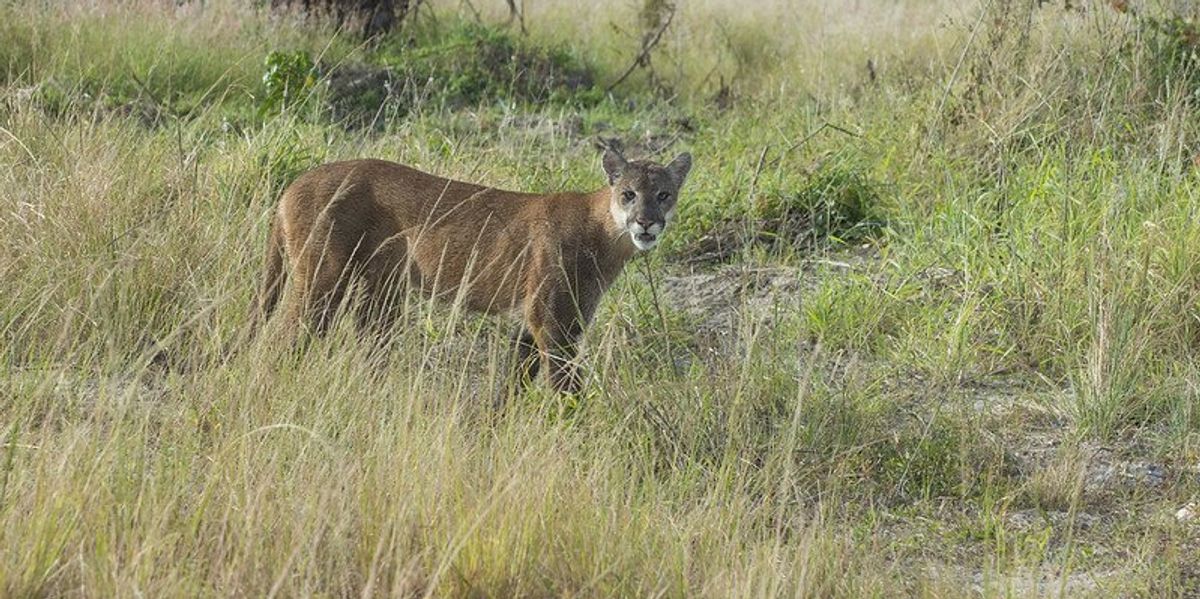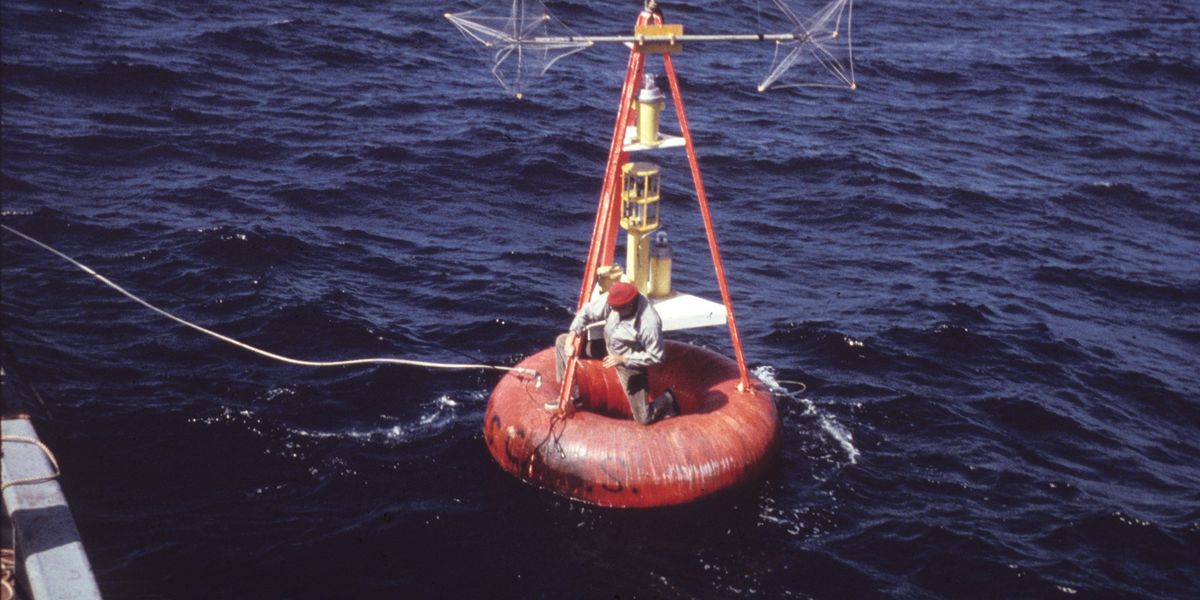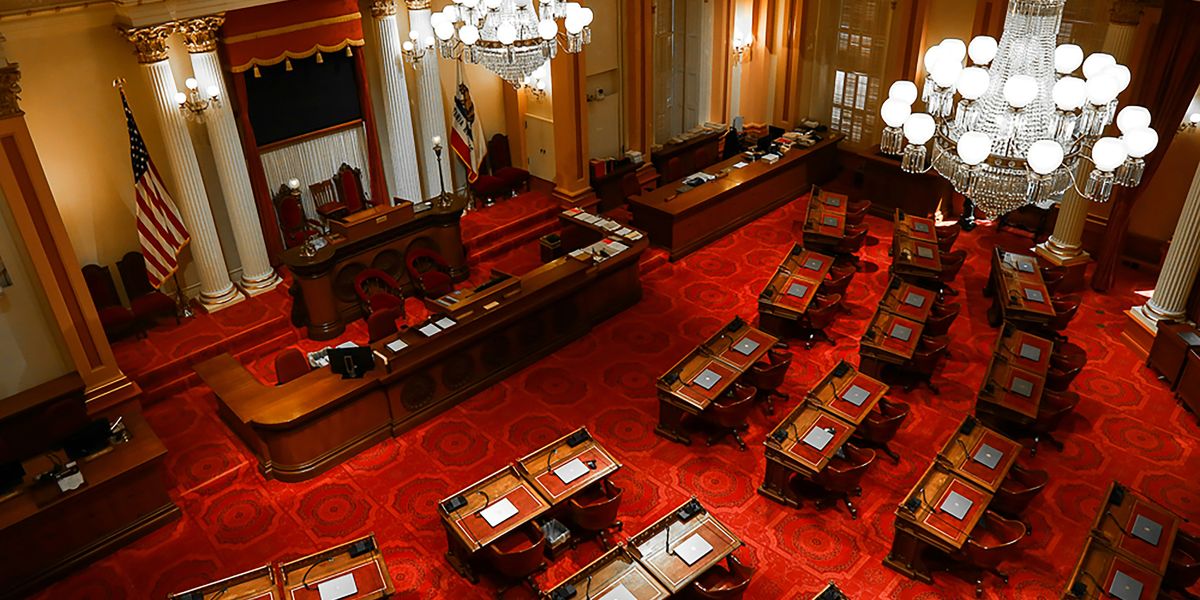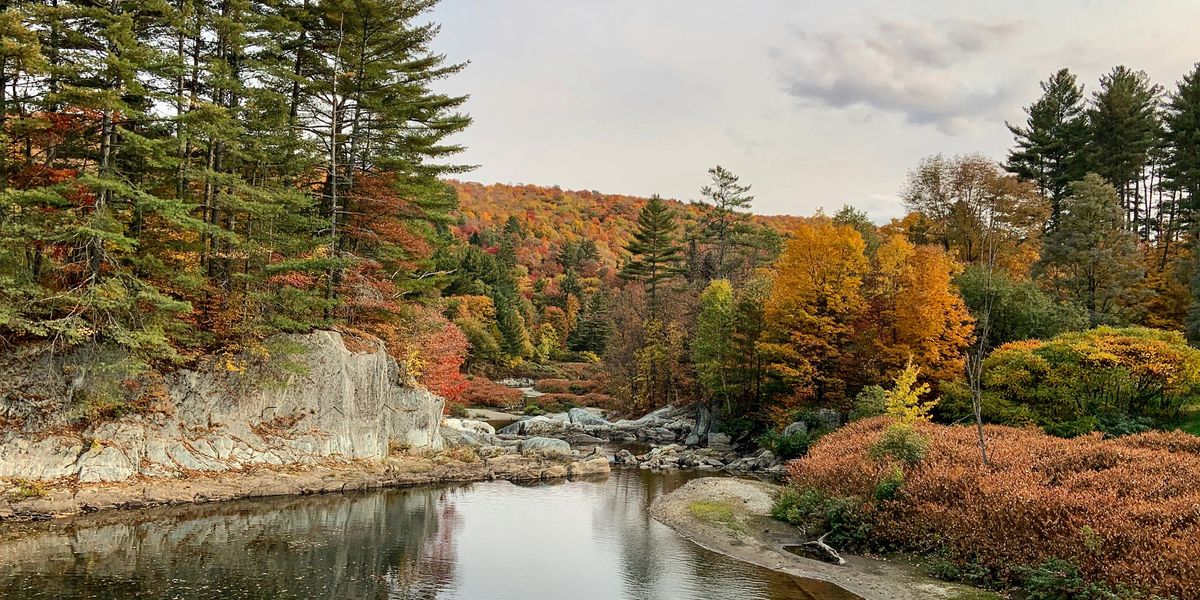
Florida's wildlife corridor holds the key to mitigating climate change and development
A new study reveals that Florida’s Wildlife Corridor, if fully completed, will provide critical protection against climate change impacts while also balancing the state's rapid population growth.
Bill Kearney reports for South Florida Sun Sentinel.
In short:
- Florida's growing population and rising temperatures pose significant challenges, but the Wildlife Corridor could mitigate these impacts.
- The corridor can protect floodplains, which help absorb rainwater and reduce flooding from hurricanes and storms.
- Two growth plans, "sprawl" and "conservation," show that compact development can save more rural land, supporting the corridor's preservation.
Key quote:
“We need to have policies that integrate climate resilience into land-use planning. That includes local land-use planning of cluster development, and developing in areas that are of lesser environmental value and protecting areas that are of higher environmental value.”
— Meredith Budd, Live Wildly Foundation
Why this matters:
Completing the Florida Wildlife Corridor will safeguard the state's floodplains, support wildlife, and help Florida buffer against climate change while absorbing a growing population. Read more: Embracing rainwater through green infrastructure.













